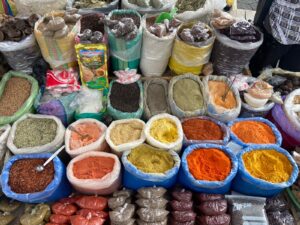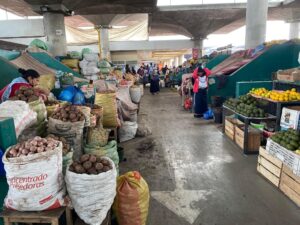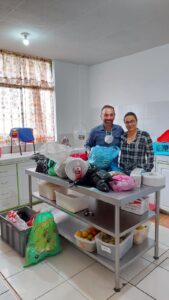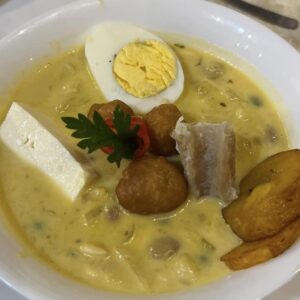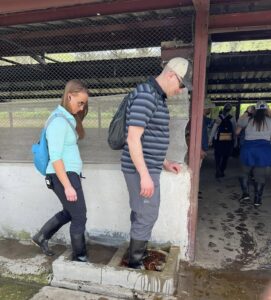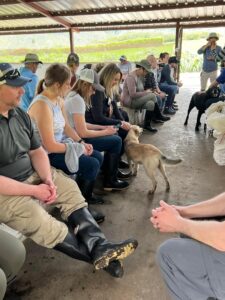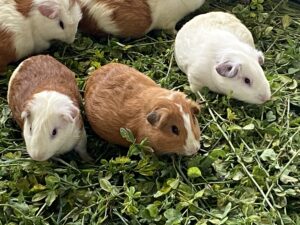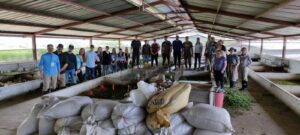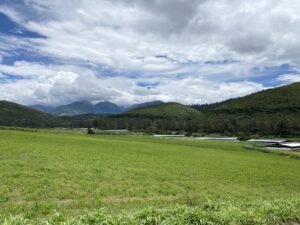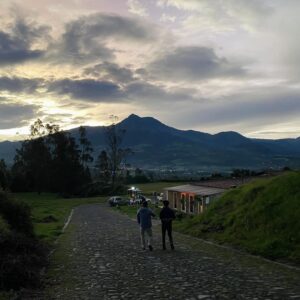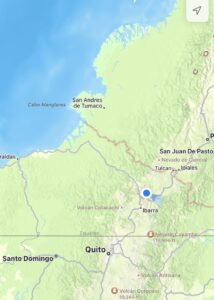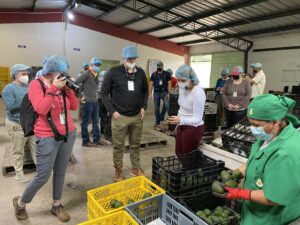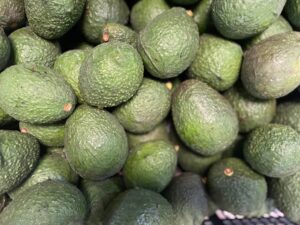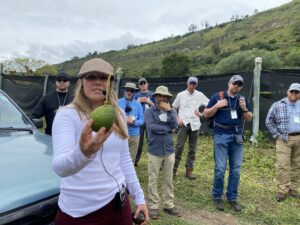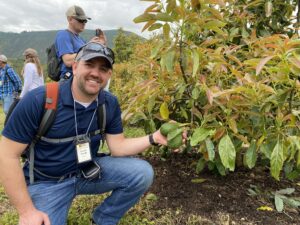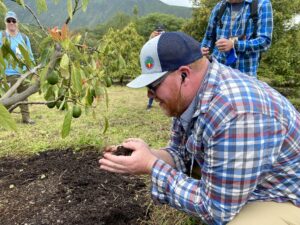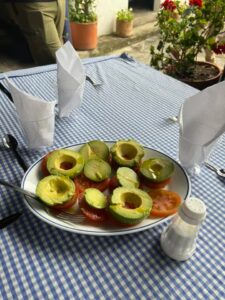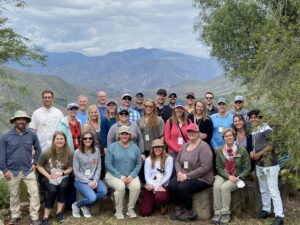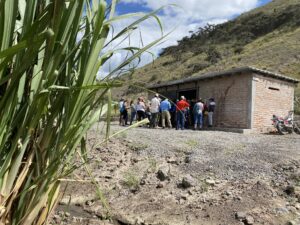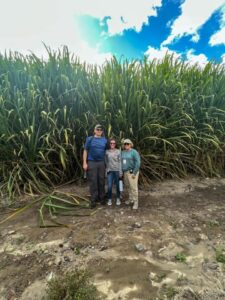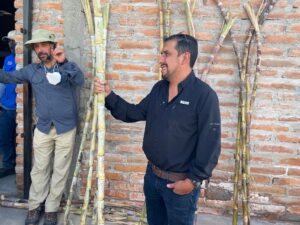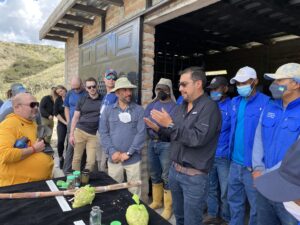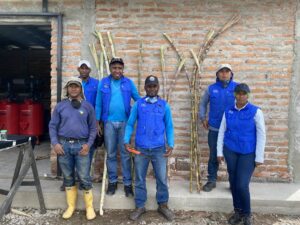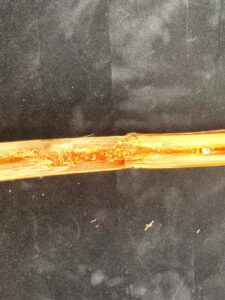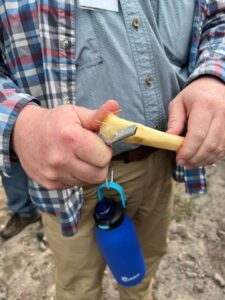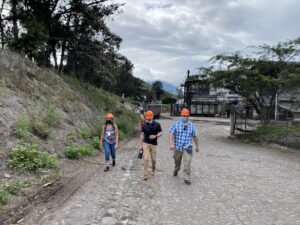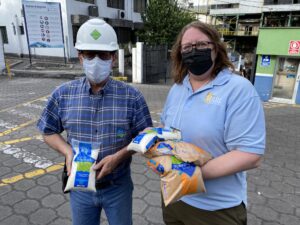Market, Guinea pigs, Barley & Hops
Saturday, April 2nd was definitely a highlight for MARL Class XI! We began the day with a trip to the central Otavalo market where we had a mission of collecting all the ingredients for Fanesca, a traditional Ecuadorian soup. The class split up into small groups to find the best ingredients while also getting a lesson in negotiating prices. It was an amazing experience to see all the different vegetables, fruits and grains that are not common in the U.S. it was also a wonderful opportunity to try out some of the new Spanish phrases we’d learned in the days leading up to this excursion. Overall, the entire group had a positive experience with the market and we were all sad to leave so soon. In the end, the items purchased were donated to a local charitable organization where they were received with gratitude.
After the trip to the market, the entire class visited the Cuyera Andina guinea pig farm. In Ecuador, Cuy, or guinea pig, is a delicacy, often eaten for special events or holidays like Mothers Day or Christmas. The facility was amazing and the veterinarian we spoke with was extremely knowledgeable. Did you know that a mother guinea pig can have up to 5 pregnancies/year averaging 3.5 babies per litter (totaling up to 70 babies/year/mother)! And… mother guinea pigs can be re-bred within 30 mins of giving birth.
Following the farm visit, Class XI were treated to the final step in the process by sampling what guinea pigs taste like at a traditional Ecuadorian restaurant in Chaltura. While not everyone tried this South American delicacy, there were a number of brave souls willing to give it a try. Overall, those who ate it said it was better than they would have guessed, but not necessarily a dish they would choose in the future. However, we can probably all agree that it’s more about the experience than the end result. In many ways, that’s what this international trip is about—the experience, or the journey, not the destination.
We finished the day at a craft brewery called Fortaleza which opened 9 years ago, developing from the owner’s brewing hobby. They had nine different craft beers, and shared that the most common hops used at their brewery were Columbus, Hercules, and Cascade.
In closing, even though we are only halfway through the trip, it’s pretty safe to say that everyone in Class XI has benefited from this experience, regardless of our individual destinations.
Submitted by Seminar Management Team “White”: Dylan Barth, Quyntin Brandt, Katie Knapp, Amy Smith, Erik Evans

